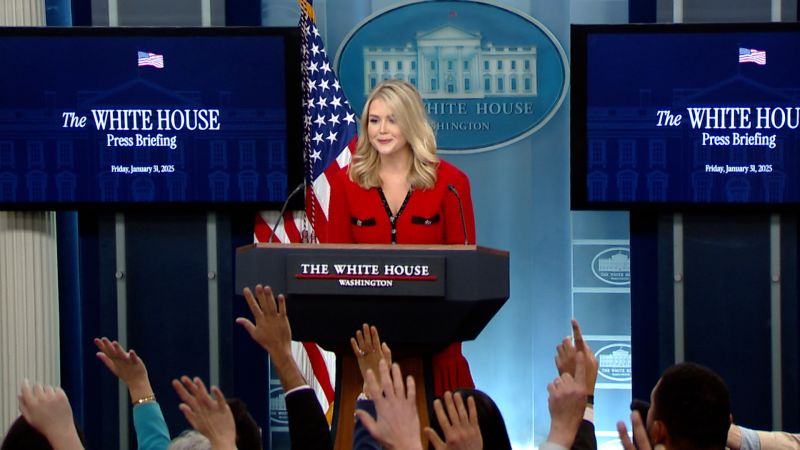Trade War Escalates: Trump's February Tariff Blitz Unveiled by White House Spokesperson

In a recent press briefing, White House Press Secretary Karoline Leavitt addressed the ongoing discussions surrounding potential tariff implementations targeting key international trading partners, including Canada, Mexico, and China. The press conference shed light on the Trump administration's strategic approach to international trade policy, highlighting the potential economic implications of proposed tariff measures.
Leavitt fielded pointed questions from journalists, providing insights into the administration's rationale behind considering these targeted tariffs. The potential trade actions signal a continued aggressive stance on international economic relations, particularly with nations that have been subject to previous trade tensions.
The press secretary's comments underscored the complex diplomatic and economic considerations at play, as the administration weighs the potential benefits and drawbacks of imposing additional trade barriers. Stakeholders across various industries are closely monitoring these developments, anticipating how such tariffs might impact global trade dynamics and domestic economic conditions.

